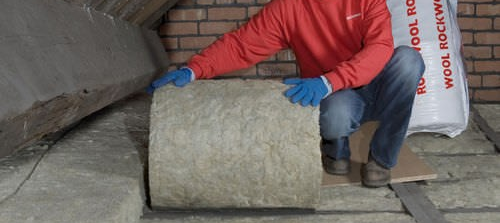Glass wool insulation is a popular material used to improve energy efficiency in buildings. It is made from recycled glass and sand, melted and spun into fine fibers. These fibers trap air, creating a barrier that reduces heat transfer.

How Glass Wool Works:
- Trapping Air: The fibrous structure of glass wool traps air pockets, slowing down heat flow.
- Thermal Resistance: This trapped air provides high thermal resistance, keeping buildings warm in winter and cool in summer.
- Sound Absorption: The fibers also absorb sound waves, reducing noise pollution.
Key Benefits of Glass Wool Insulation:
- Energy Efficiency: Reduces heating and cooling costs by maintaining indoor temperatures.
- Fire Safety: Glass wool is non-combustible, adding an extra layer of fire protection.
- Eco-Friendly: Made from recycled materials, it supports sustainable construction practices.
- Easy Installation: Lightweight and flexible, it can be easily cut and fitted into various spaces.
Applications:
- Residential and commercial building insulation
- HVAC system and duct insulation
- Industrial equipment and pipeline insulation

Conclusion:
Glass wool insulation is a cost-effective, efficient, and eco-friendly solution for thermal and acoustic insulation.


